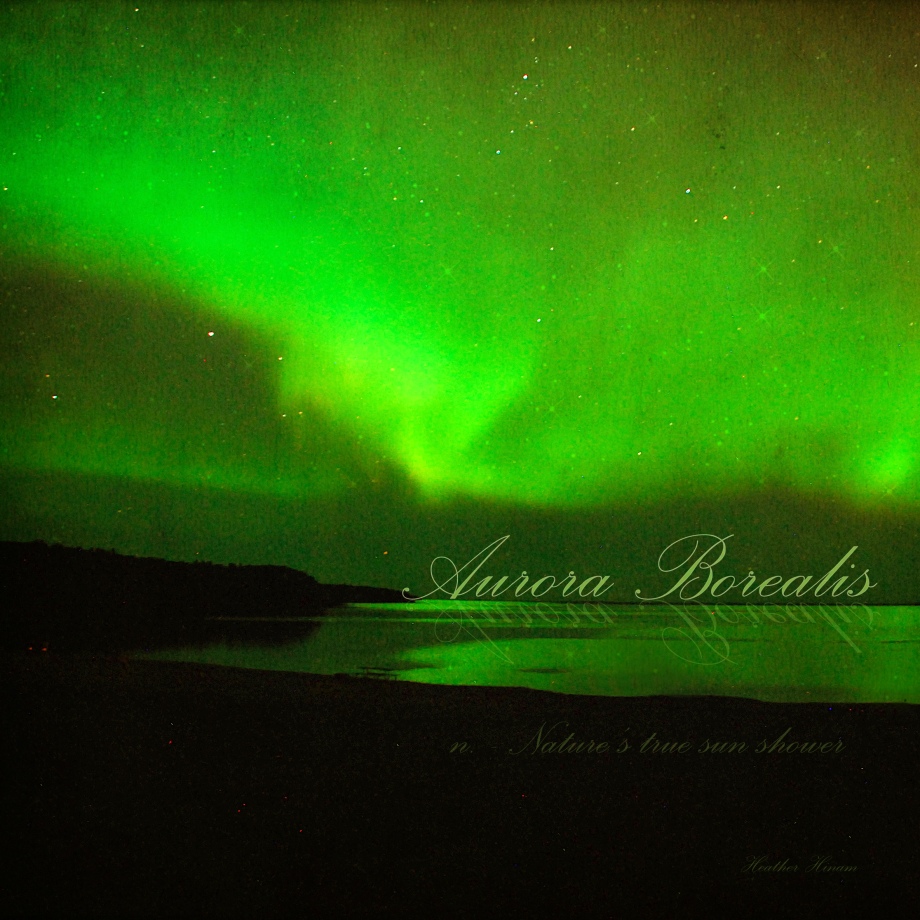 Autumn has flown by, marked by brilliant leaves and skies filled with birds winging their way to warmer climes. The bustle of the season swept me up with back to school (I haven’t taught a fall course in over 7 years) and my regular work as a naturalist/guide/illustrator, leaving this blog sitting on the shelf for a while.
Autumn has flown by, marked by brilliant leaves and skies filled with birds winging their way to warmer climes. The bustle of the season swept me up with back to school (I haven’t taught a fall course in over 7 years) and my regular work as a naturalist/guide/illustrator, leaving this blog sitting on the shelf for a while.
However, now, as the nights turn truly cold and the days become darker, I finally have a chance to settle and get back to sharing those things that fascinate me the most. I thank you for sticking with me.
The colder temperatures remind me of the many reasons I love living in the more northerly reaches of the planet. Not the least of those is the chance we get, now and then, to witness one of the most amazing natural phenomena on earth: the auroras. Here, in the northern hemisphere, they are the aurora borealis or northern lights. They’re not actually more common in the colder months; but many tend to associate them with winter, probably because the longer nights give us more opportunity to see them. The picture above was actually taken in August.
For people who have never seen them, aurora are kind of hard to describe. They appear with no warning, beginning usually with a barely noticeable glow just above the horizon. You stare, transfixed, wondering if you’re seeing things. Suddenly, the silent flames grow, licking out across the sky, a rippling curtain of light that is ceaseless in its movements. The shifting colours hold you in their thrall until, just as quickly as they had appeared, the lights dissolve into the ether, leaving you feeling a little bereft for their loss.
Just what are these silent, shimmering waves of light? Though they are best seen on the darkest of nights, aurora are a product of the sun. Being a giant ball of hot plasma (ionized gas particles), the sun is a tempestuous place to be. Protons and electrons are being flung about the atmosphere, creating ‘solar winds’, which are streams of plasma that escape the star’s gravity and sail across the universe at truly mind-boggling speeds of millions of kilometres per hour. On occasion, fountains of particles will spew out of the sun’s atmosphere in a coronal mass ejection, sending a wave of protons and electrons on a collision course for earth.
When they reach our magnetic field, most are deflected, riding the field lines to the poles, where they start to swirl around, like atomic tornadoes, in the ionosphere (the height at which the International Space Station orbits). Whirling faster and faster, the ions become unstable, colliding with nearby gas atoms, releasing so much energy that they glow. The colour of the light depends on the gas they interact with and how far above the earth they are. The green and yellow we are most familiar with is created by an interaction with oxygen, while blue and violet are caused by nitrogen.
So, what you’re seeing is millions of chemical reactions playing out several hundred kilometres above the earth. The unearthly flame is concentrated in a halo around each pole, an auroral ring that shifts ever so slowly with the movement of our magnetic poles.
For the layperson, the appearance of these ghostly fire dances are impossible to predict. However, scientists in Canada have spent over a hundred years studying the phenomenon and have teased out some trends. Some years are better than others. It turns out that solar activity (solar flares, mass ejections and other radiation) goes through a relatively predictable 11 year cycle that should be hitting its peak sometime over the next few months. Besides being a treat for aurora watchers, this intensified light show will be invaluable for researchers looking for ways to protect our satellite and communications networks from this increased radiation. While they may be beautiful, the ions spiralling through space can, and have, wreaked havoc on our electrical grids.
This year’s maximum has turned out to be the weakest in over a century, but there are still lights to be seen. So, look up, look waaay up and hopefully you will have the chance to experience a true natural wonder.
P.S. to find out when and where your best chances for aurora spotting are, visit: www.gi.alaska.edu/AuroraForecast